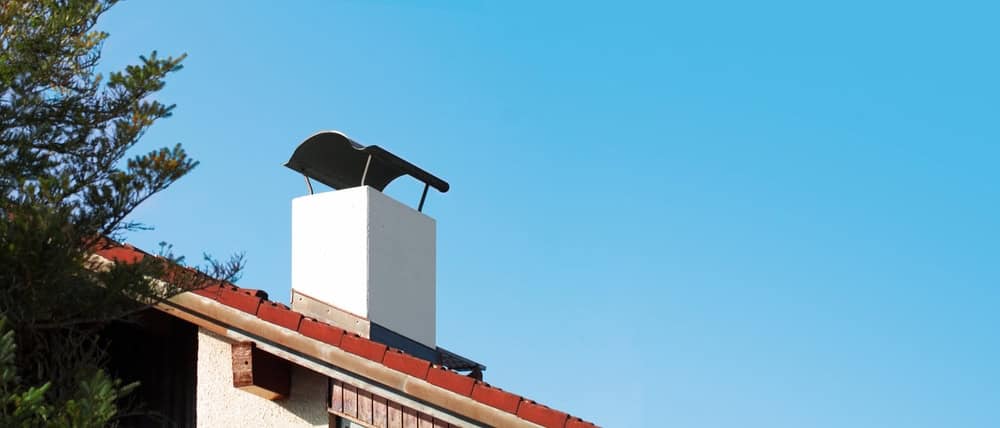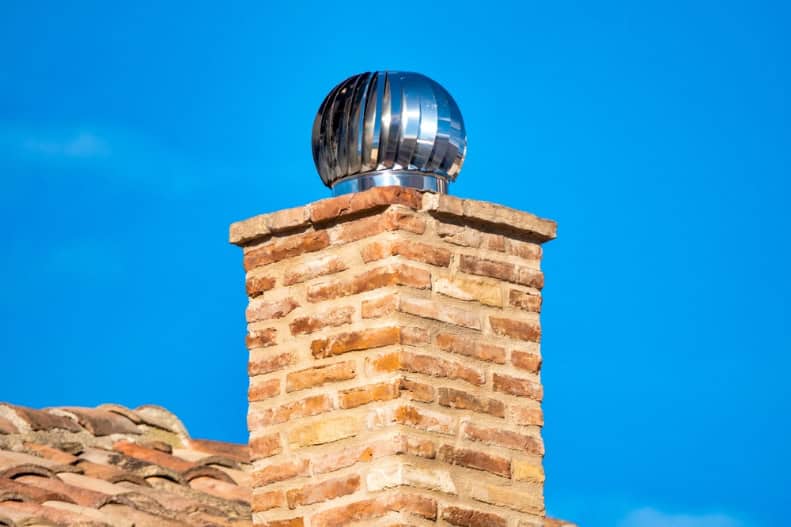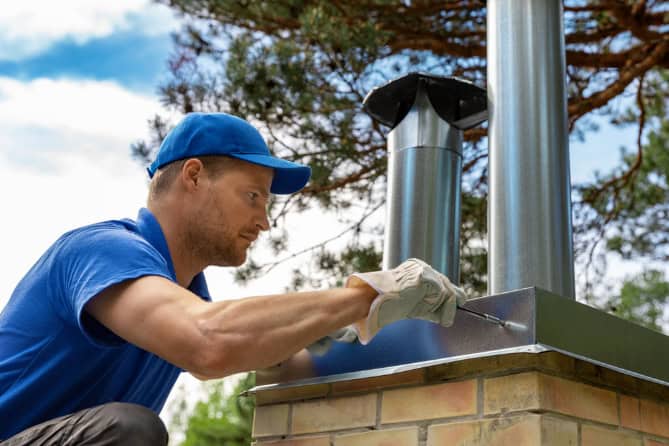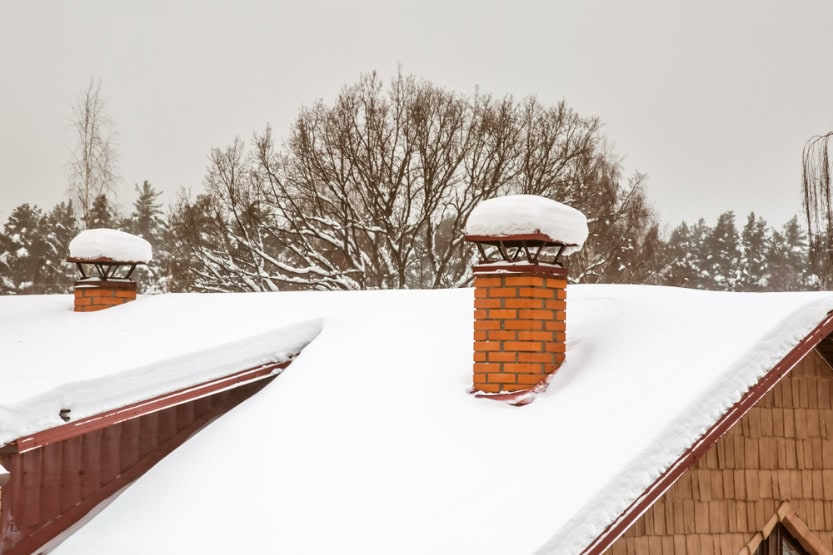Professional chimney cap installation that actually protects your home from Rhode Island weather.

Hear from Our Customers

No more water stains on your ceiling. No more animals scrambling around inside your walls at 3 AM. No more wondering if that last rainstorm caused more damage you can’t see yet.
A properly installed chimney cap does exactly what it’s supposed to do. It keeps water out, keeps animals out, and keeps your chimney functioning the way it should. You stop worrying about what might be happening up there because you know it’s handled.
That’s what happens when the job gets done right the first time. Your chimney system works. Your home stays dry. You get back to the things that actually matter to you.
Certified Chimney Inspections has been handling chimney work in Warwick and throughout Rhode Island for over two decades. Our core team has been working together since 2000, and we’re all CSI-certified through the Chimney Safety Institute of America.
That certification isn’t just a piece of paper. It means we know current safety standards, proper installation techniques, and how to spot problems before they become expensive disasters. We’ve seen what happens when chimney caps are installed wrong, and we know how to do it right.
This isn’t a side business or seasonal work. We run a full retail stove store and handle comprehensive chimney services year-round. When you need chimney work done in Warwick, you’re working with people who’ve made this their career.

First, we come out and give you a free estimate. We’ll inspect your current chimney cap situation, measure everything, and explain what needs to happen. No surprises, no pressure, just straight information about what your chimney needs.
If you decide to move forward, we’ll either recommend a quality standard cap or create a custom solution if your chimney has unusual dimensions. Most Warwick homes can use high-grade stainless steel caps that handle the coastal weather, but some situations need custom fabrication.
Installation day is straightforward. We show up on time, remove the old cap if there is one, prep the chimney crown, and install your new cap with proper sealing and mounting. We clean up after ourselves and walk you through what we did. The whole process typically takes a few hours, and you’re done worrying about chimney cap problems for years.

Ready to get started?
Every chimney cap installation includes proper mounting hardware rated for Rhode Island weather conditions. We use stainless steel construction that won’t rust out in two years like the cheap caps you see failing all over Warwick. The mesh screening keeps animals out while allowing proper ventilation.
Custom caps get fabricated for chimneys with multiple flues or unusual shapes. Standard installations work for most single-flue chimneys, but we don’t try to force a standard solution when your chimney needs something different. That’s how you end up with water problems and callbacks.
You also get someone who knows what they’re looking at when they’re up there. If your chimney crown needs attention or your flashing has issues, we’ll spot it during the installation. Better to know about problems now than discover them when water starts coming through your ceiling.
